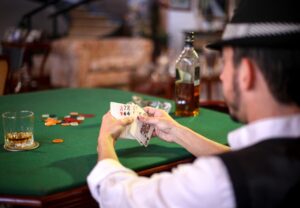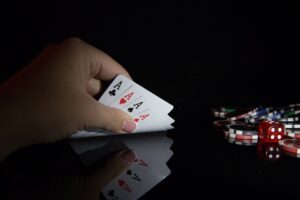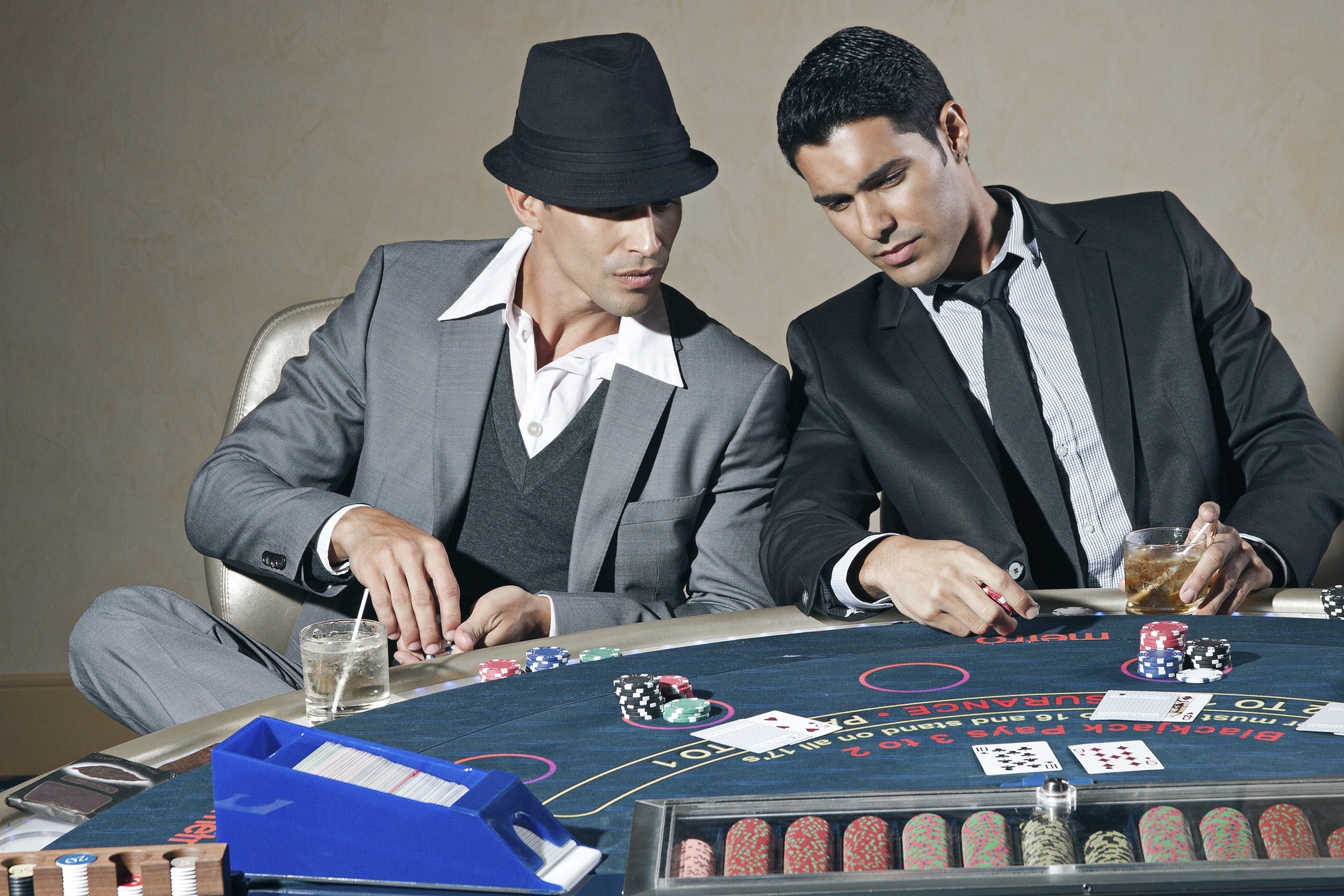While the game may revolve around cards and calculations, there is one secret weapon that can give you a significant edge at the table – the ability to read faces, which is also mentioned at www.otsnews.co.uk/how-to-quickly-improve-your-poker-playing-skills/. Yes, my fellow poker enthusiasts, breaking down those subtle facial cues can unlock a wealth of insight into your opponents’ hand strength or their next move. It’s like having X-ray vision in their minds. These tips can help you master the art of detecting poker tells and win the game.
Observe the Eyes
Eyes, the windows to the soul, also happen to be a goldmine of information at the poker table. When it comes to reading faces, observing your opponents’ eyes can provide valuable insight into their thoughts and emotions. Pay close attention to where they focus their gaze. Are they staring directly at you? Or are their eyes darting around the table, perhaps trying to hide excitement or disappointment? These subtle movements can give away clues about their hand strength or intentions. Blinking patterns can also speak volumes. Rapid blinking might suggest nervousness or discomfort with a particular situation. On the other hand, prolonged periods without blinking could hint at confidence in one’s hand.
Spot Involuntary Movements
 These subtle cues can reveal the true emotions of your opponents and provide valuable insights into their hand strength or weakness. One telltale sign to look out for is microexpressions – fleeting facial expressions that occur unconsciously and are difficult to control. A quick twitch of the eyebrow, a slight curl of the lip, or a momentary furrowing of the brow might give away more than your opponent intended. Another clue lies in body language. Pay attention to any fidgeting or restless behavior, such as tapping fingers or bouncing legs. Nervousness often manifests in these small movements, indicating anxiety about their hand or possibly even bluffing.
These subtle cues can reveal the true emotions of your opponents and provide valuable insights into their hand strength or weakness. One telltale sign to look out for is microexpressions – fleeting facial expressions that occur unconsciously and are difficult to control. A quick twitch of the eyebrow, a slight curl of the lip, or a momentary furrowing of the brow might give away more than your opponent intended. Another clue lies in body language. Pay attention to any fidgeting or restless behavior, such as tapping fingers or bouncing legs. Nervousness often manifests in these small movements, indicating anxiety about their hand or possibly even bluffing.
Monitor Breathing Patterns
Let’s get real. It may seem insignificant, but the way someone breathes can provide valuable insight into their current state of mind and level of confidence at the table. Watch closely as they take a deep breath or exhale slowly. Is it steady and controlled, indicating calmness? Or do you notice any irregularities such as rapid shallow breaths or even holding their breath momentarily? These could be signs of nervousness or excitement. Pay attention to how their breathing changes during different stages of the game. Are they taking deeper breaths when bluffing or trying to appear confident? Or are they suddenly holding their breath when faced with a tough decision?
Analyze Betting Patterns and Timing
 While many players focus on reading their opponents’ facial expressions and body language, another crucial aspect to consider is analyzing betting patterns and timing. These subtle cues can usually provide valuable insight into your opponents’ hands and intentions. The first thing to look for when analyzing betting patterns is consistency. Does your opponent consistently bet the same amount when they have a strong hand? Or do they vary their bets depending on the strength of their cards? Inconsistent betting could indicate weakness or an attempt to deceive you. Timing also plays a significant role in spotting poker tells.
While many players focus on reading their opponents’ facial expressions and body language, another crucial aspect to consider is analyzing betting patterns and timing. These subtle cues can usually provide valuable insight into your opponents’ hands and intentions. The first thing to look for when analyzing betting patterns is consistency. Does your opponent consistently bet the same amount when they have a strong hand? Or do they vary their bets depending on the strength of their cards? Inconsistent betting could indicate weakness or an attempt to deceive you. Timing also plays a significant role in spotting poker tells.
Pay attention to how long it takes your opponent to make decisions during each round of betting. A quick decision may suggest confidence or bluffing, while hesitation could signal uncertainty or even a strong hand.
Remember, the key to successful face reading in poker is to remain attentive and observant. Look for consistent patterns rather than relying on individual cues alone. It’s also essential to consider context and not jump to conclusions based on one tell alone.

